| Dear friends of the coast, It’s hard to believe but we’re at the start of another Hurricane Season, and while experts predict this to be a near-normal season for activity, as we know all too well, it only takes one storm to cause devastating damage. That’s why, as you’ll read below, our staff has been working on an important list of things everyone can do to ready themselves and their yards for storms that may head our way, which will hopefully help eliminate some of the debris that inevitably finds its way into our creeks and sounds. – Todd Miller Executive Director |
|
|
|
 The 2023 Atlantic Hurricane Season officially began on June first, and while we hope our coast will be safe from any storms, we know how important it is to remain prepared. Hurricane Florence devastated the state in 2018, littering the coast with marine debris and causing catastrophic damage. The Coastal Federation recognized a critical gap in disaster response, the need to remove the massive amounts of debris generated by Florence, and even smaller storms. So since 2019, we’ve had crews working out on the water nonstop to help pull debris like wood from docks and piers, abandoned boats, and other large-scale debris from our coastal waters. Now, at the beginning of another hurricane season, we’re asking you to tie it down. This simple reminder can apply to several items in and around your property. Ensure your boat is properly tied down from bow to stern if you’re unable to remove it from the water. Take any items that could get pulled out of your boat during heavy rain and wind, such as life jackets, ropes, and even bimini tops. 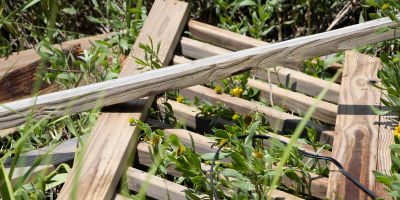
If you have a dock, take a moment to make sure there are no loose boards and that the dock is properly secured to the pilings, and bring in any coolers or chairs. In your yard, it’s important to tie down or bring in your trash cans, secure any lawn furniture, and if you have any home improvement projects that are ongoing, be sure to tie down any lumber and bring in all tools and equipment. Our marine debris experts say it can help if you visualize what items on your property would be affected by four feet of flood water, and secure or remove those items. Learn more about the damaging effects of marine debris and what you can do to prevent it during huricane season, here. |
|
|
 This month the Federation was awarded $1.6 million from the North Carolina Land and Water Fund Flood Risk Reduction Program to design and implement the restoration of 1,100 acres of ditched and drained timberland to wetlands within the Newport River watershed. The land which totals 1,400 acres was recently purchased by the N.C. Coastal Land Trust and will be transferred to the Federation later this year. The tract includes 1,100 acres of timberland and 300 acres of high-quality wetland habitat. The restoration will include blocking the flow from the drainage ditches to decrease the amount of water moving to the river during a storm. The project will also restore the floodplain area along the tributary running through the center of the property to allow for floodwater storage. Once the work is complete, it’s estimated that the property should be able to retain approximately 165 million gallons of runoff during a large storm! This will significantly reduce the volume and flow of polluted runoff entering the Newport River following each heavy rain. 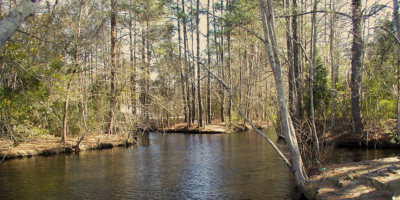
|
|
|
 Recently Coastal Review Editor Mark Hibbs joined PBS NC’s ‘Sci-NC’ host Frank Graff along with several others for a special screening of State of Change to discuss the show’s focus on natural solutions to climate change with a specific look at carbon sequestration. 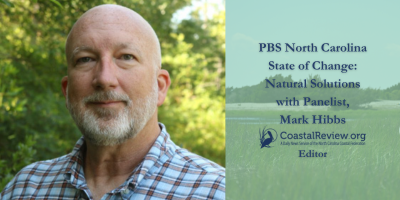
We hope you will take a moment and tune into this important discussion, here. |
|
|
|
 Volunteers in our central region were busy this past month, helping with several marsh grass plantings. Recently our education staff held four different plantings at Carteret Community College, The North Carolina Aquarium at Pine Knoll Shores, Hammocks Beach State Park, and our future Center for Coastal Protection and Restoration on the banks of Bogue Sound. Altogether nearly 100 volunteers helped us plant a combined 8,000 plugs of smooth cordgrass and Saltmeadow Hay at the four different sites. Join us at our next volunteer event by subscribing to our events calendar, here. 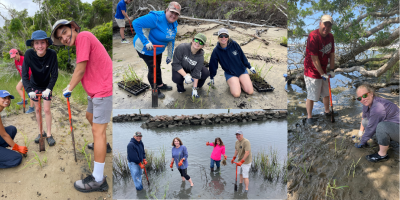
|
|
|
|
|
|
 This year, we are on track to accomplish one of our most ambitious goals to date for oysters: Restoring more than 20 million oysters coastwide with the addition of ten new acres of oyster reefs and launching the new Oyster Pathway in the Lower Cape Fear River. The ten acres of oyster reefs will include sanctuaries that are protected from harvest, patch reefs, and living shorelines that provide nearshore habitat. We’ll also restore the first reef in what will become the Lower Cape Fear River Oyster Pathway, a series of interconnected wetland and oyster habitats stretching more than ten miles along the lower Cape Fear River from Carolina Beach State Park to Smith Island. Please make a special mid-year gift today to help make a huge difference for oysters in 2023! GIVE TODAY 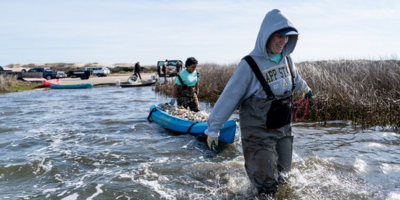
|
|
|
 Have you grabbed your tickets yet for our annual Pelican Awards Ceremony and Taste of the Coast Celebration? This year there will be two separate events on one amazing evening!! We hope you’ll join us first at the Pelican Awards beginning at 4:30 pm at Joslyn Hall on the Carteret Community College campus, where we’ll honor and recognize our 2023 Pelican Award Winners who are crucial in helping us further our work. This event is free but registration is required. Later that evening, we hope you’ll join us for the festive Taste of the Coast Celebration. This event will feature a silent and live auction along with expertly paired food and drink pairings; proceeds support the Federation’s work protecting and restoring the coast. Be sure to check out our auction offerings beginning on June 30th. Early bird tickets are available right now, so don’t wait! 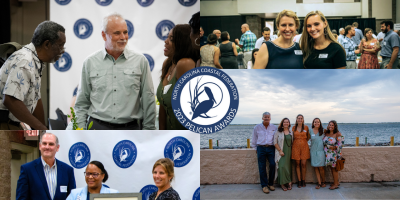
|
|
|
|
 
 Here are a few of the latest news articles featuring the Federation’s work: |
|
|

|
|
Be the first to comment!